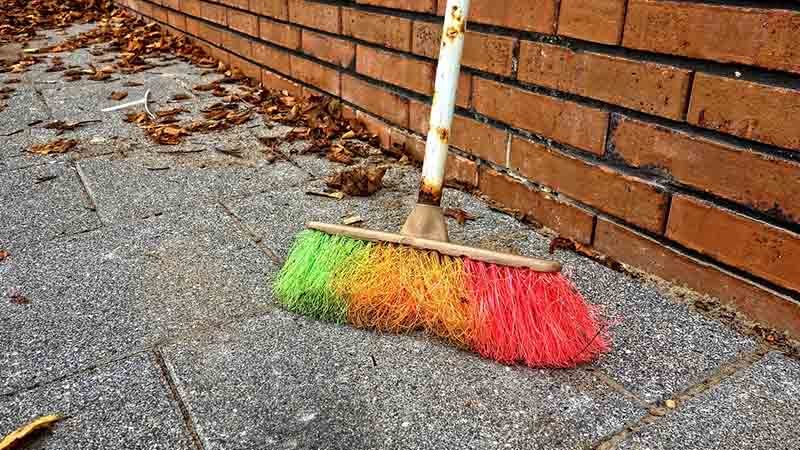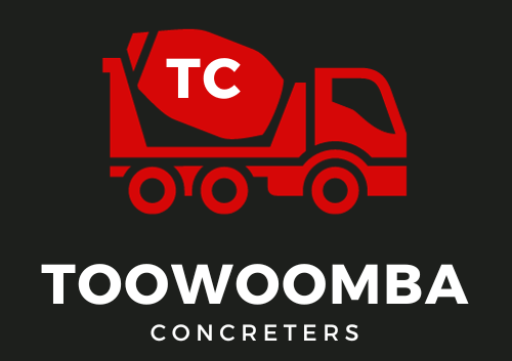Concrete curing. It’s more than just adding water and waiting. It’s a crucial process impacting the strength, durability, and lifespan of concrete structures. This guide dives deep into the science of concrete curing, exploring various methods and offering practical tips for optimal results.
Why Proper Curing Matters
Curing isn’t simply letting concrete dry; it’s about managing hydration, a chemical reaction crucial for strength and resilience. Improper curing leads to weakened structures prone to cracking, scaling, and a shortened lifespan. These defects compromise aesthetics and structural integrity. Understanding the specifics of each curing method and how they impact the final concrete product is essential for choosing the right approach for your project. More detail on the long-term effects of improper concrete curing, including specific types of damage and their associated costs, would be beneficial. Proper curing enhances durability, increasing resistance to abrasion, chemicals, and freeze-thaw cycles.
Understanding Concrete Hydration
Hydration is the chemical reaction between cement and water. Think of a dry concrete mix as a pile of marbles. Water fills the spaces between them, binding them together. This process, hydration, transforms the mix into a solid mass. Well-cured concrete is like a tightly packed container of marble—strong and resistant. Properly cured concrete feels solid, dense, and resistant to abrasion, with a uniform appearance. Improperly cured concrete may feel brittle, dusty, or rough, with surface defects. A tap on the surface reveals a solid, resonant sound for properly cured concrete, while a hollow sound suggests internal weaknesses. At a chemical level, the primary compounds in cement, tricalcium silicate (C3S), dicalcium silicate (C2S), tricalcium aluminate (C3A), and tetracalcium aluminoferrite (C4AF), react with water to form calcium silicate hydrate (C-S-H), the main binding agent responsible for concrete’s strength. This process also produces calcium hydroxide (CH), which contributes to the concrete’s alkalinity and resistance to chemical attack. A deeper explanation of the hydration process, including the rate of reaction under different conditions (temperature, humidity), would be helpful. Further information on how different cement types influence the hydration process and final concrete properties would also be valuable. This chemical reaction is crucial for strength and resilience.
Choosing the Right Curing Method
The ideal curing method depends on factors like structure type, project size, environment, and budget. Selecting the right method is crucial for achieving the desired concrete properties and ensuring long-term durability. A helpful tool to guide your decision-making is a comprehensive checklist that outlines the key considerations for each curing method. Choosing the right method ensures long-term durability.
Lead Magnet: Free Concrete Curing Checklist
Offer: Get a Free Concrete Curing Checklist to Guide Your Project
CTA: Ready to ensure your concrete project’s success? Download our Free Concrete Curing Checklist and start planning today! Leave your email below, and we’ll send you the checklist instantly. Plus, get a complimentary 15-minute consultation to discuss your project specifics.
Here’s a breakdown of common curing methods:
Water Curing
Water curing maintains a consistently wet surface. It’s highly effective for flat areas. This method is highly effective for flat areas.
- Ponding: Creating a shallow pool on the surface. Ideal for slabs but impractical for vertical structures. More details on how to effectively implement ponding, including containing the water and maintaining a consistent depth, would be useful.
- Immersion: Submerging precast elements in water. Offers excellent control but isn’t always feasible. Information on the water quality requirements for immersion curing would be helpful.
- Spraying/Sprinkling: Regularly spraying water. Versatile but requires consistent effort. Specific guidance on spraying frequency and duration, considering environmental factors, would be beneficial.
Moist Curing
Moist curing retains moisture within the concrete using covering materials. Consistent moisture is key, requiring monitoring and adjustments based on weather. This method requires consistent monitoring and adjustments.
- Burlap: Effective for irregular surfaces. More details on how to properly apply and maintain burlap for optimal moisture retention would be helpful.
- Plastic Sheeting: Cost-effective but requires careful sealing. Specific instructions on sealing techniques to prevent moisture loss and avoid wind damage would be beneficial.
- Curing Blankets: Retain moisture and provide insulation, ideal for cold weather. Information on the different types of curing blankets and their appropriate uses would be valuable.
Curing Compounds
Curing compounds form a protective membrane preventing moisture loss. They’re convenient for large projects or where water curing is impractical. Choosing the right type is crucial. Proper curing enhances durability, increasing resistance to abrasion, chemicals, and freeze-thaw cycles. This reduces maintenance costs and extends lifespan. A more in-depth discussion of the different types of curing compounds, their application methods, and their suitability for various concrete applications would be beneficial. A comparison of the cost-effectiveness of different curing methods would also be helpful. These are convenient for large projects where water curing is impractical.

Mastering Concrete Curing: Advanced Techniques
Advanced techniques offer enhanced control and efficiency. These techniques offer enhanced control and efficiency.
Steam Curing
Accelerates hydration using steam for high temperatures and humidity. Useful for precast elements, achieving high early strength. Requires specialised equipment and careful monitoring. More details on the equipment required for steam curing and the safety precautions necessary would be helpful. This method achieves high early strength.
Membrane Curing
Applying a membrane prevents moisture evaporation. Versatile and effective in hot, dry climates. Choosing the right membrane is crucial. Further information on the different types of membranes available and their specific applications would be valuable. This is versatile and effective in hot, dry climates.
Electrical Curing
Uses electrical resistance to heat concrete, accelerating strength gain in cold weather. Requires specialised equipment and careful control. A deeper explanation of the electrical curing process and the factors influencing its effectiveness would be beneficial. This accelerates strength gain in cold weather.
Conclusion
Proper concrete curing is the cornerstone of long-lasting concrete. By understanding the science, choosing the right method, and monitoring diligently, you can avoid costly repairs and ensure project longevity. Utilising a checklist can streamline the process and ensure no critical steps are overlooked. Proper curing ensures project longevity.
Lead Magnet: Free Concrete Curing Checklist
Offer: Get a Free Concrete Curing Checklist to Guarantee Project Longevity
CTA: Don’t miss out on the opportunity to maximise your concrete project’s lifespan. Download our Free Concrete Curing Checklist now and start planning for long-term success. Enter your email below, and we’ll send the checklist directly to your inbox, along with a free 15-minute consultation to discuss your project specifics.




